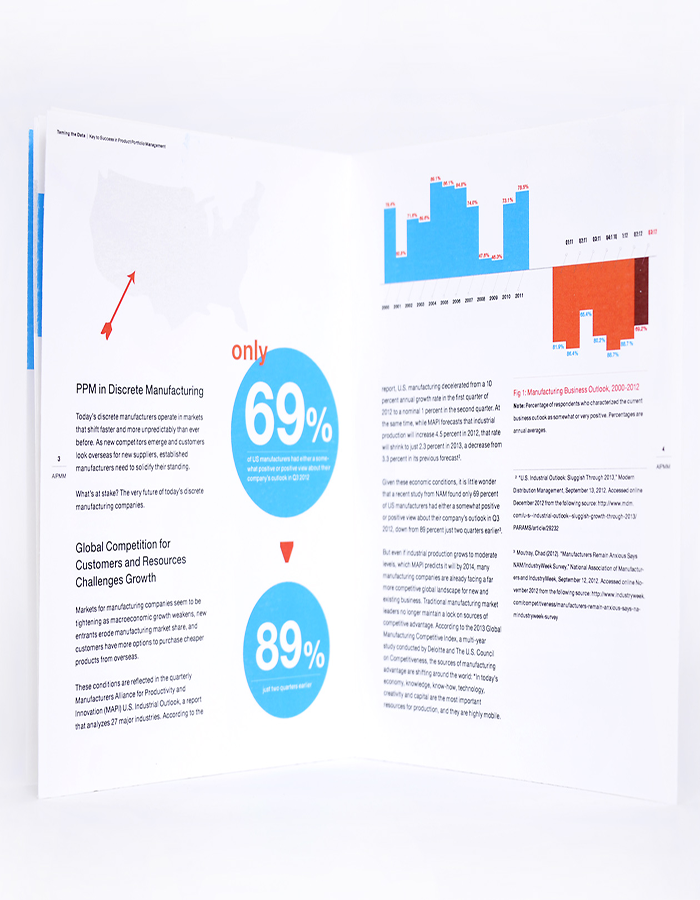There is only one corner of the universe you can be certain of improving, and that’s your own self.
We live in an age where consumers skip television commercials, ignore magazine ads, and have become so proficient at “surfing” online that they’ve started processing online information without ever noticing advertising ads, rendering them irrelevant. Smart brands understand that traditional marketing is becoming less and less effective by the minute, and have discovered there is a better way. Content marketing. What exactly is content marketing?
“Content marketing is any marketing that involves the creation and sharing of media and publishing content in order to acquire and retain customers.”
Content marketing is used to attract and retain customers by consistently creating and curating relevant and valuable content with the intention of changing or enhancing consumer behavior. It is an ongoing process that is best integrated into your overall marketing strategy, and it focuses on owning media, not renting it.
Which Questions to Ask?
- What niche do I want to be known for? ex: Sustainable Products
- What are my buyer’s interests? ex: Eco-Products
- What kind of content do they consume? ex: Articles, Videos
- How do we create consistent content that will attract new customers and retain old ones? ex: Website Blog
- What business results do I want to achieve for all my hard work? ex: More Clients, More Sales
- How will I know if this approach is working? ex: Periodically measure how many new customers I have acquired since executing my content strategy.
Marketing is impossible without great content. Regardless of what type of advertising tactics you use, content marketing should be part of your process. Remember quality content is part of all forms of marketing. And search engines reward businesses that publish quality and consistent content.
Content Marketing
All of them, when used correctly can help strengthen a brand’s connection with its respective markets and communities.
1: Videos: The variety within videos is staggering. I could write an entire separate blog on different types of videos. No matter what kind it is, a good video communicates a message in a concise and unforgettable way. Done right, a video can be extremely persuasive.
2: Memes: A meme is “an idea, behavior, or style that spreads from person to person within a culture” How to do it • Memes don’t require graphic design skills. Meme Generator is a site that allows you to add your own text to popular meme images. • Memes often are not the best type of content to share on your blog, but they’re perfect for social media platforms. Twitter, Facebook, Reddit, and Tumblr (especially Tumblr) will help your meme to spread.
3: Infographics: An infographic is a visual presentation of information or data. Information graphics or infographics are graphic visual representations of information, data or knowledge intended to present information quickly and clearly. Its name sums it up —info + graphic.
4: Guides: Guide content is thoroughly detailed and partially long winded content. Think of it as a larger-than-life online journal. It goes beyond the length, style, and approach of an ordinary blog post. And often it will serve as a source for readers to come back and reference.
5: Book reviews: A book review is a simple discussion of a book plus your interpretation of it. You endorse good ones, critique not-so-good ones, and share the value that you gather from them. Book reviews are great because they help to position you as a thought leader.
6: Product reviews: Much like a book review, the product review can help you establish yourself as an expert in your industry. Each industry has its distinctive arrangement of products, software, and services. When you engage manufacturers, key developers, or service providers, you gain recognition and respect. All you need to do is share your experience with the product and provide your endorsement.
7: Ebooks: An eBook or electronic book is a book-publication in digital form, consisting of text, images, or both, readable on computers and usually as a PDF. Ebooks are often a downloadable product, available for free in exchange for joining a mailing list. Producing an ebook helps to strengthen your authority within a field, and it makes for a powerful technique of sharing your knowledge with others.
8: Case Studies: A case study explains what your product or service is and how it helped a consumer. The case study basically says, “Here’s how we do it, why we do it and the results we get.”
9: Podcasts: A Podcast is a digital audio file made available on the Internet for downloading to a computer or portable media player, typically available as a series, subscribers receive new installments automatically. Many people listen to podcasts during their commute or exercise.
10: Interviews: Every industry has its own thought leaders. When interviewing a leader, you often garner respect from your peers and others in the field, not to mention huge amounts of website traffic. Interviews are exclusive. No one else has this information only you and the person being interviewed.
11: Research Data & Metrics: Numbers and metrics hold a lot of value. Sharing your findings with others is a powerful way to build trust, drive traffic, and establish yourself as an expert. When you do the research, which is tough work, people respect that. And, people share it.
By 2019, 82% of global Internet consumption will be video content. With more than 500 million hours of videos being watched on YouTube each day alone. -Forbes
White Paper Research
On average, 68% of viewers of white papers contact organizations for more information. In fact, according to a recent poll, 79% of B2B buyers listed white papers as the material they were most likely to share with colleagues. -Curata



